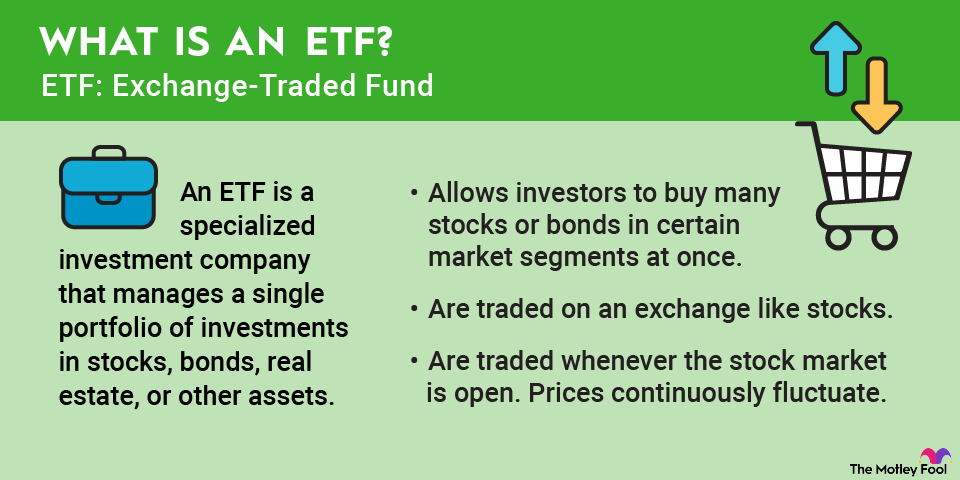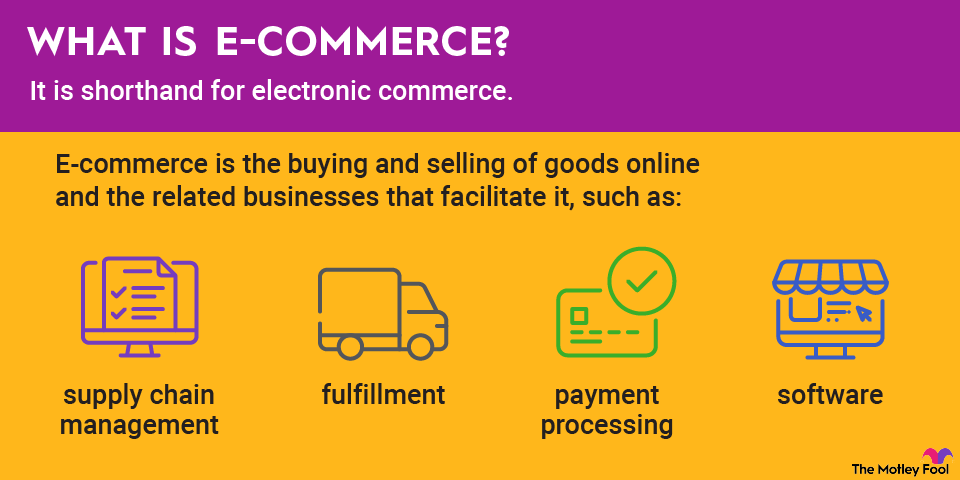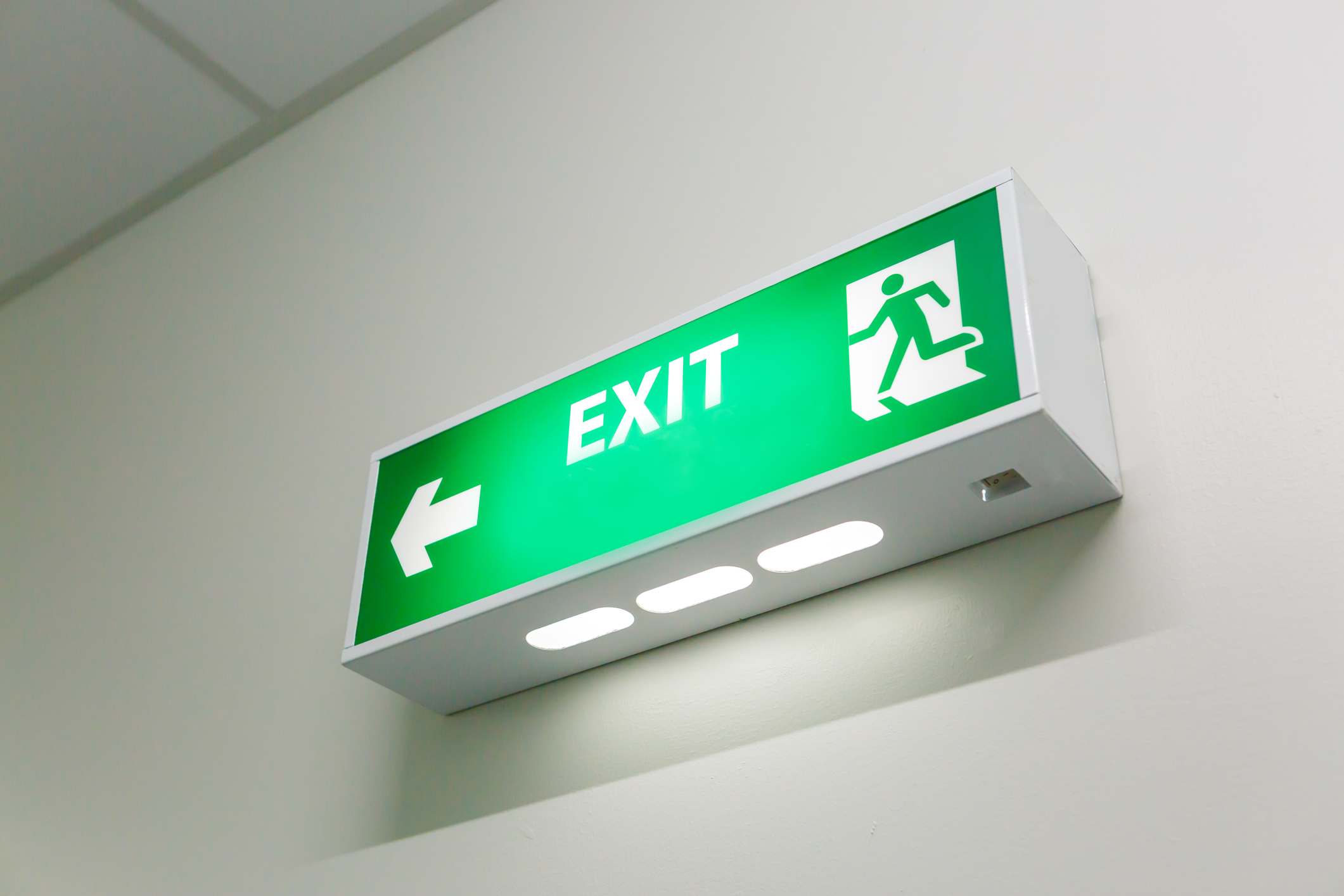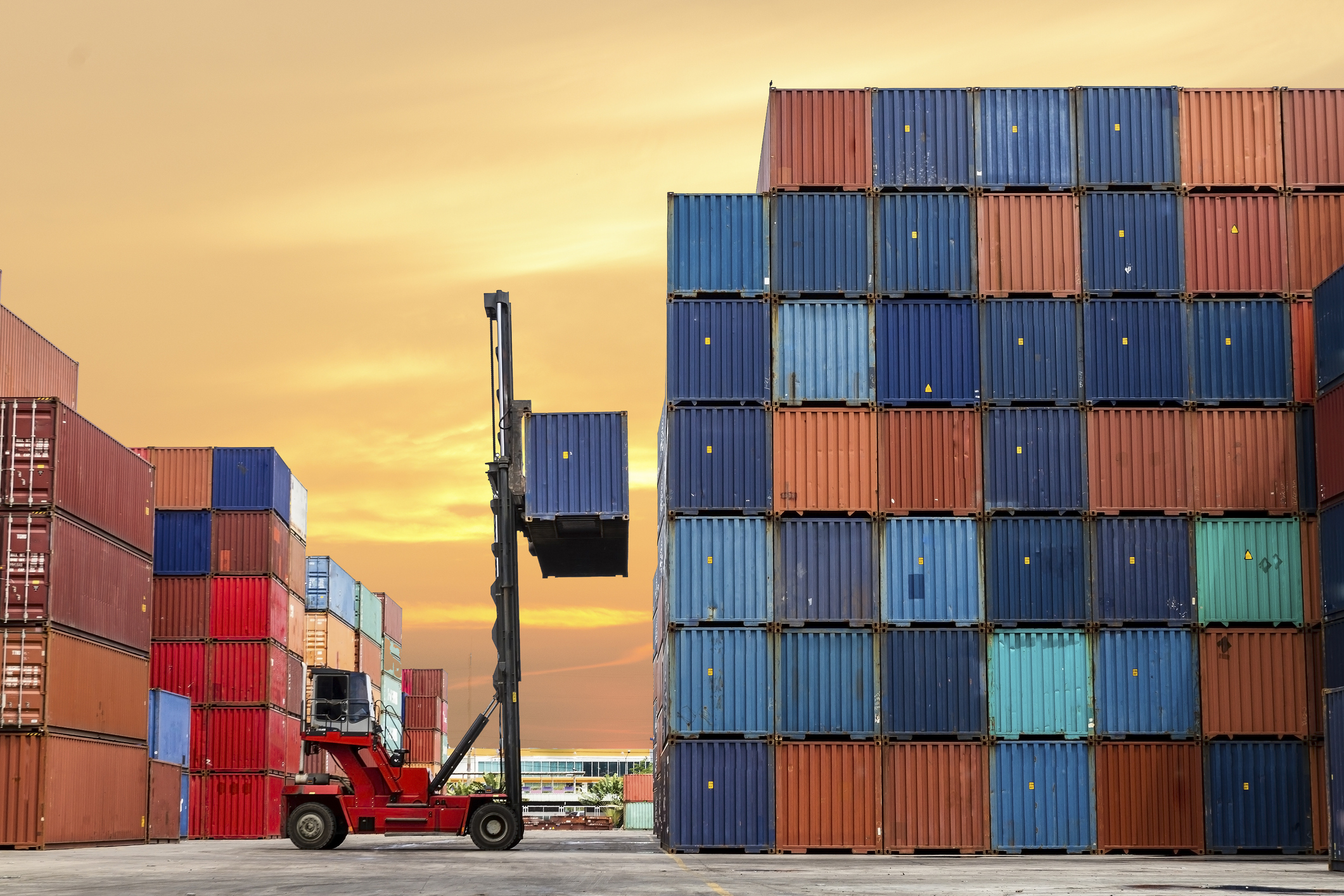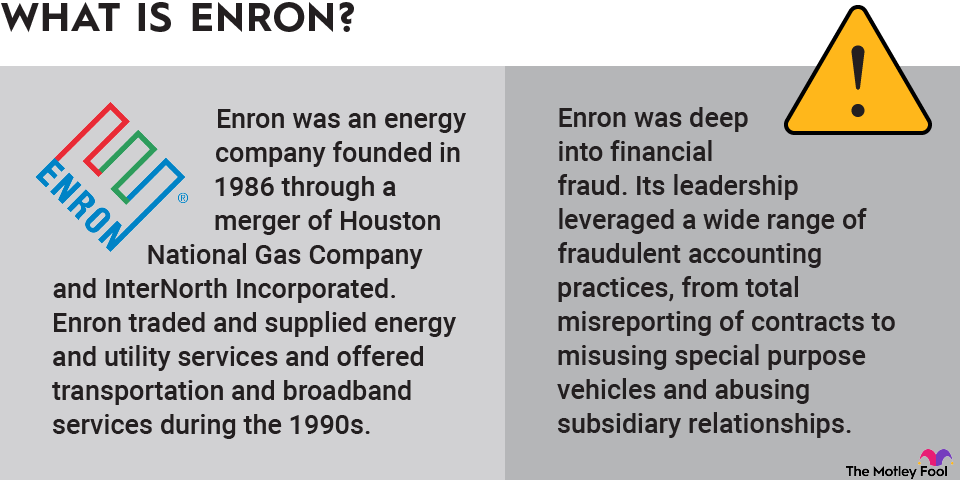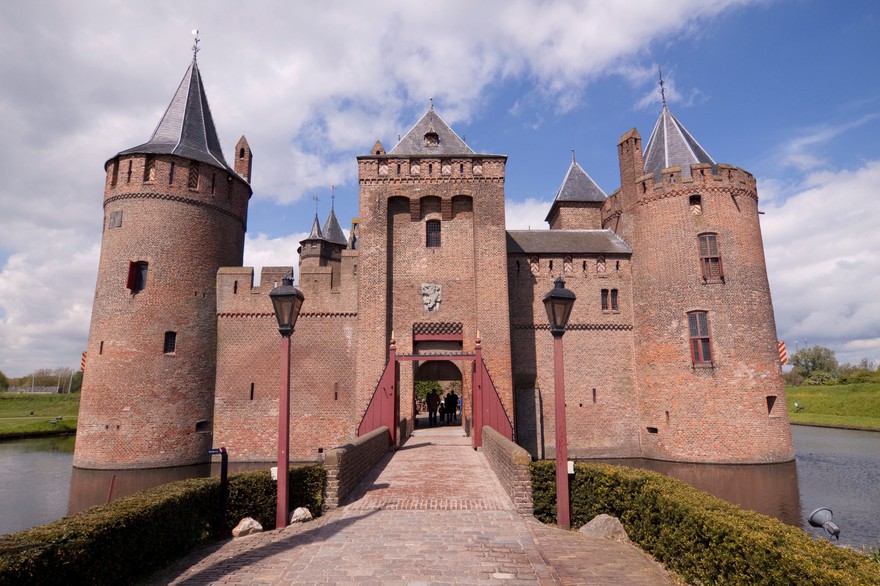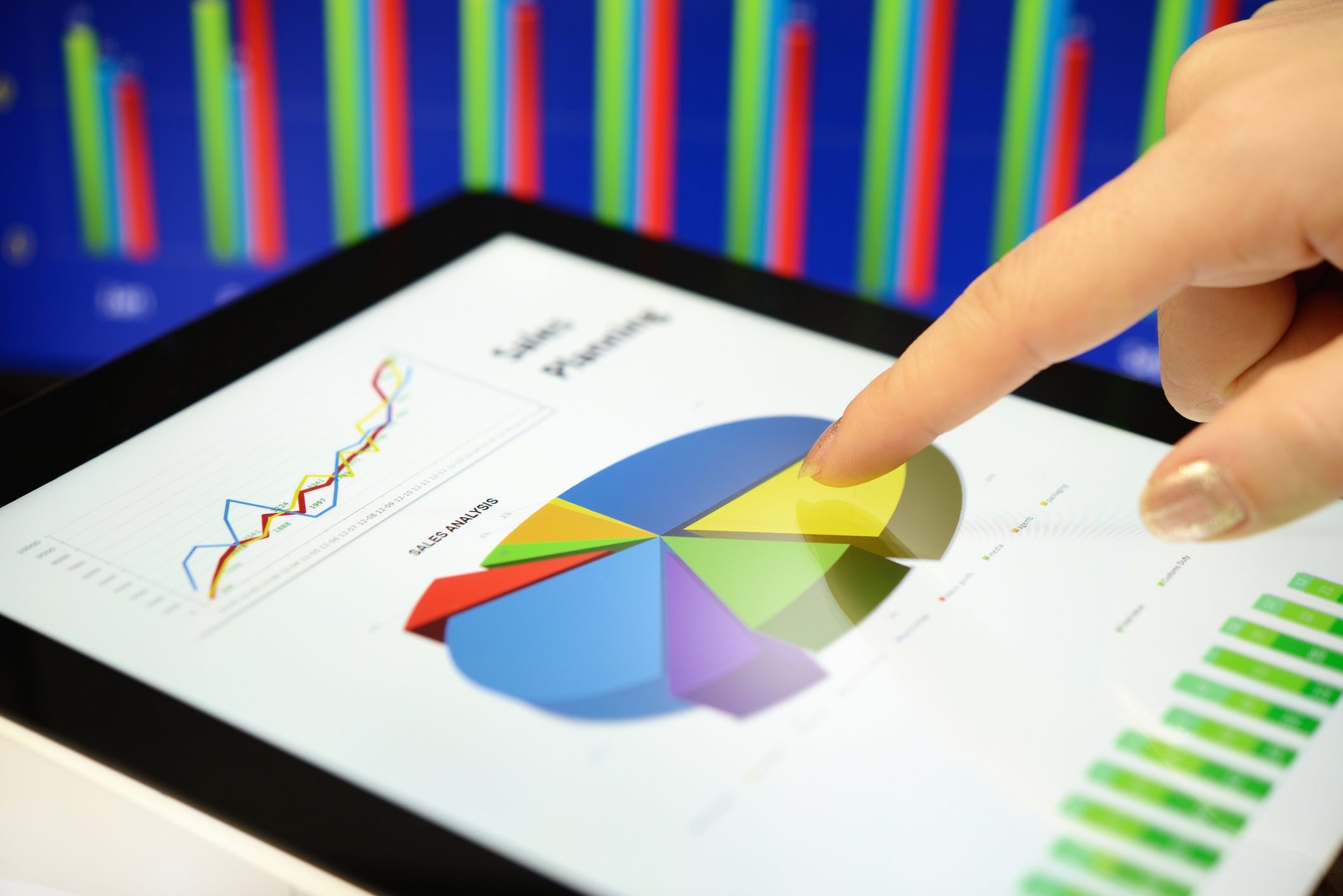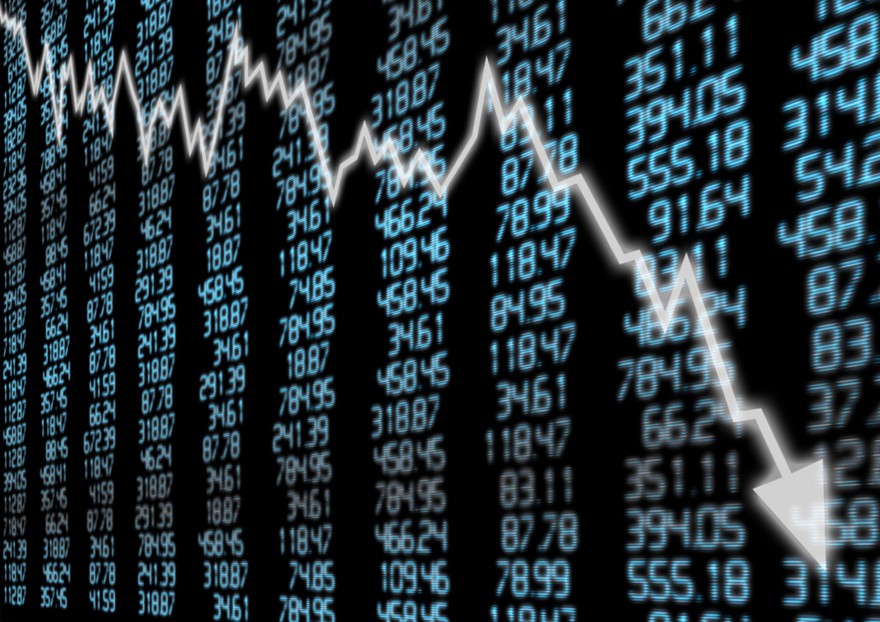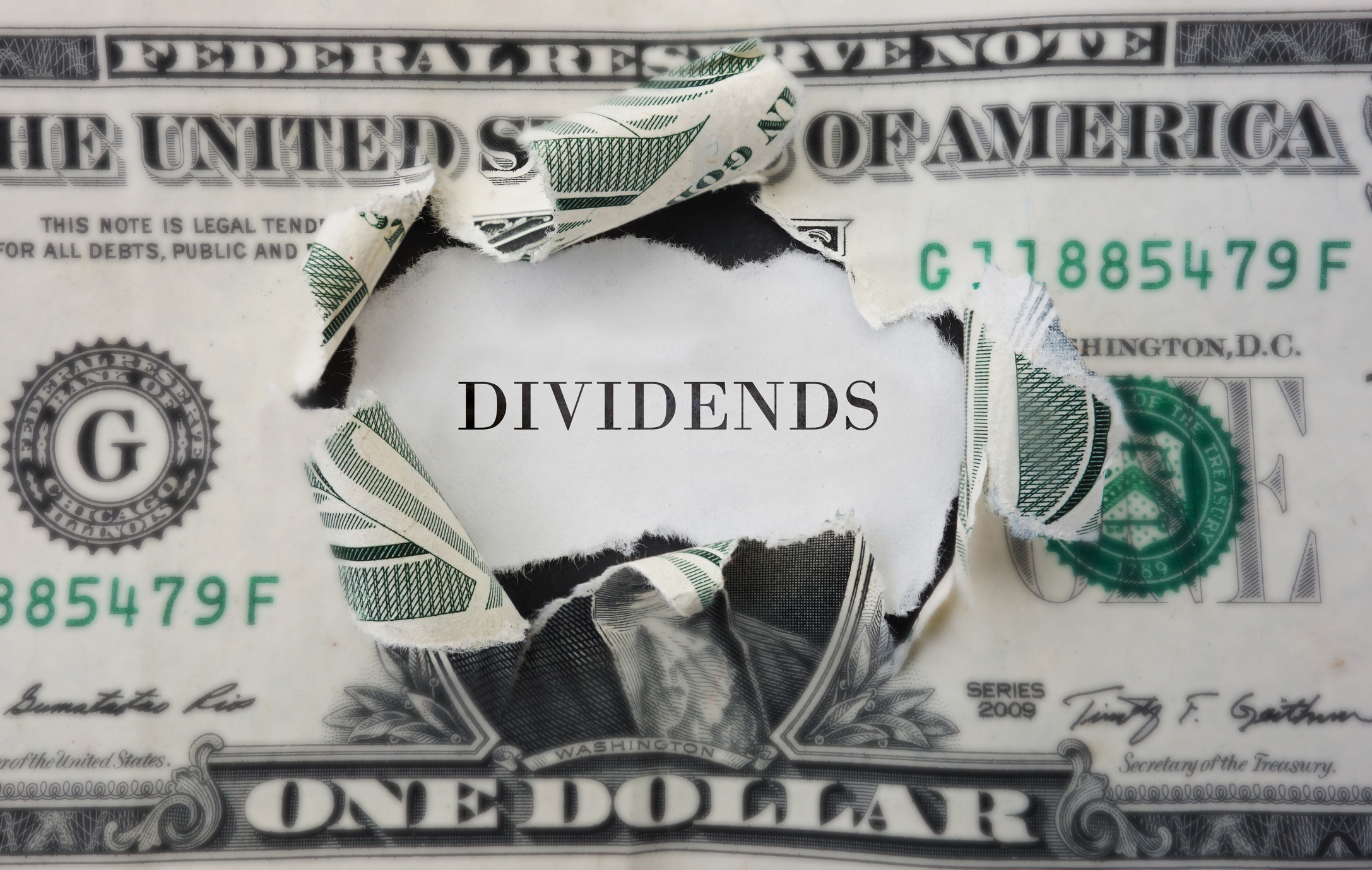Emerging markets are often full of terrific investing ideas. These countries are in a Goldilocks zone between risky low-income economies and the mature, plateaued growth of advanced financial systems. An emerging market economy is characterized by a developing infrastructure, modernized financial systems, and increasing integration into the global market.
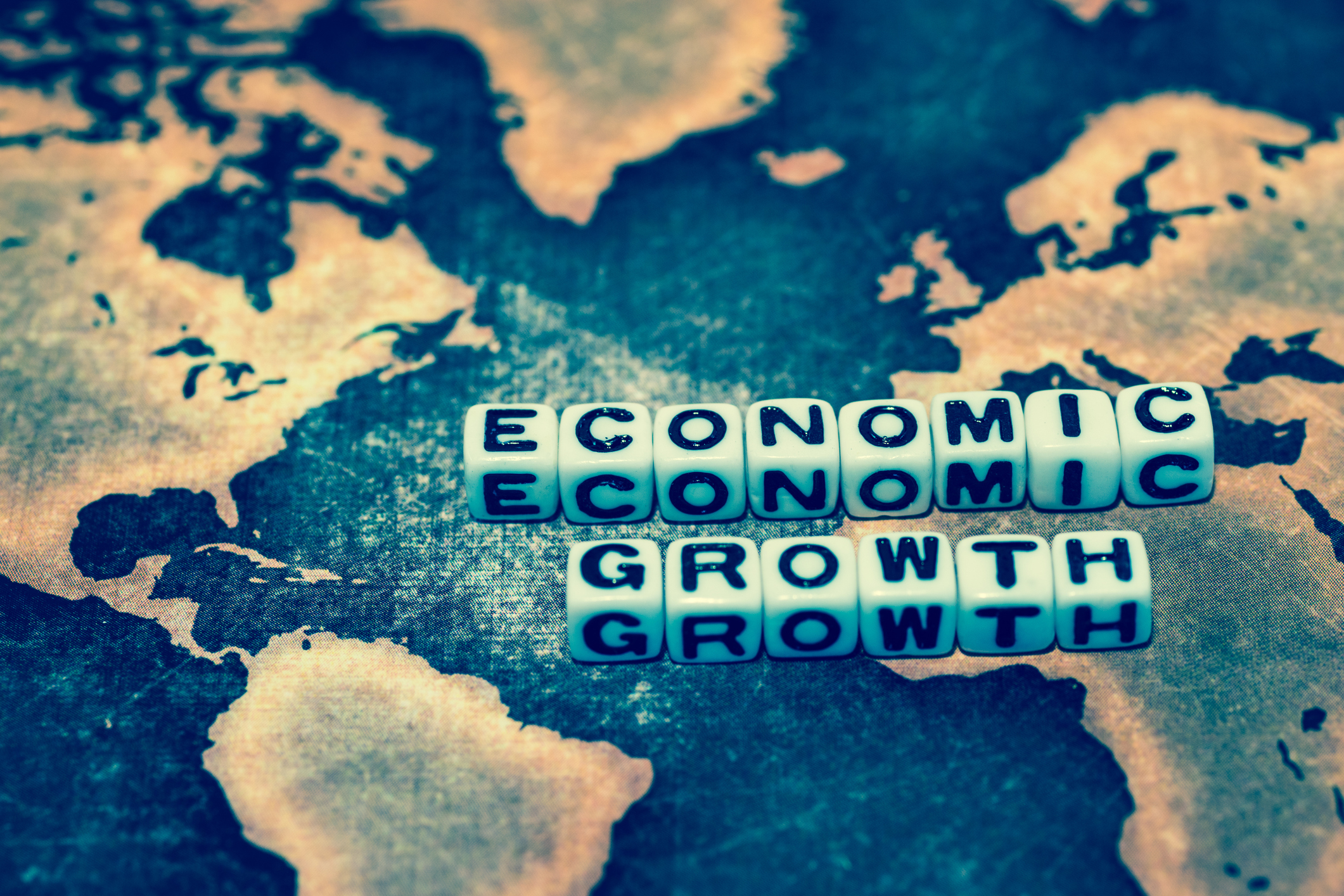
Making sense of the emerging market economy
An emerging market economy (EME) sits between developing and highly developed economies. Their rapid growth and rising industrialization are often counterbalanced by economic inequality and a certain degree of instability. They are not quite on par with advanced economies, like the U.S., France, or Japan, but have taken a few solid steps ahead of less developed nations, like Chad, Laos, or Haiti.
Emerging economies often come with enticing growth prospects, and they have made substantial strides in infrastructure, manufacturing, and service sector capabilities. The improvements are usually decades in the making, although the tipping point that leads to a higher level of functioning may look abrupt from the outside.
Some of the heavy hitters in this league include massive economies like Brazil, Russia, India, China -- often collectively referred to as the BRIC bloc -- and Mexico. Further, in 2023, the International Monetary Fund counts Saudi Arabia, Nigeria, and South Africa among these fast-growing emerging market economies.
What's the big idea?
Put simply, you can think of emerging market economies as garage bands that have just inked their first major record deal. Overflowing with talent and potential, they might be on the cusp of global stardom. There's still plenty of work to do, but things are getting better -- fast.
As an investor, these markets offer a unique blend of risk and reward. While they tend to be more volatile than developed markets, the potential for significant returns can be enticing. For context, advanced economies saw an average increase of 2.7% in their gross domestic product (GDP) in 2022, while India's GDP rose by 7.2%, and Saudi Arabia saw an 8.7% increase.
You don't want to miss out on that high-octane growth. At the same time, these countries often face internal strife and political instability as local leaders and entrepreneurs attempt to capture large slices of the growing opportunity. So you must balance the risks and rewards of putting your money to work in emerging market economies.
Moreover, investing in emerging markets can be a great tool for diversifying your investment portfolio. Often, these economies respond differently to global economic events than developed markets, which can provide a buffer during times of financial turbulence in more established economies.
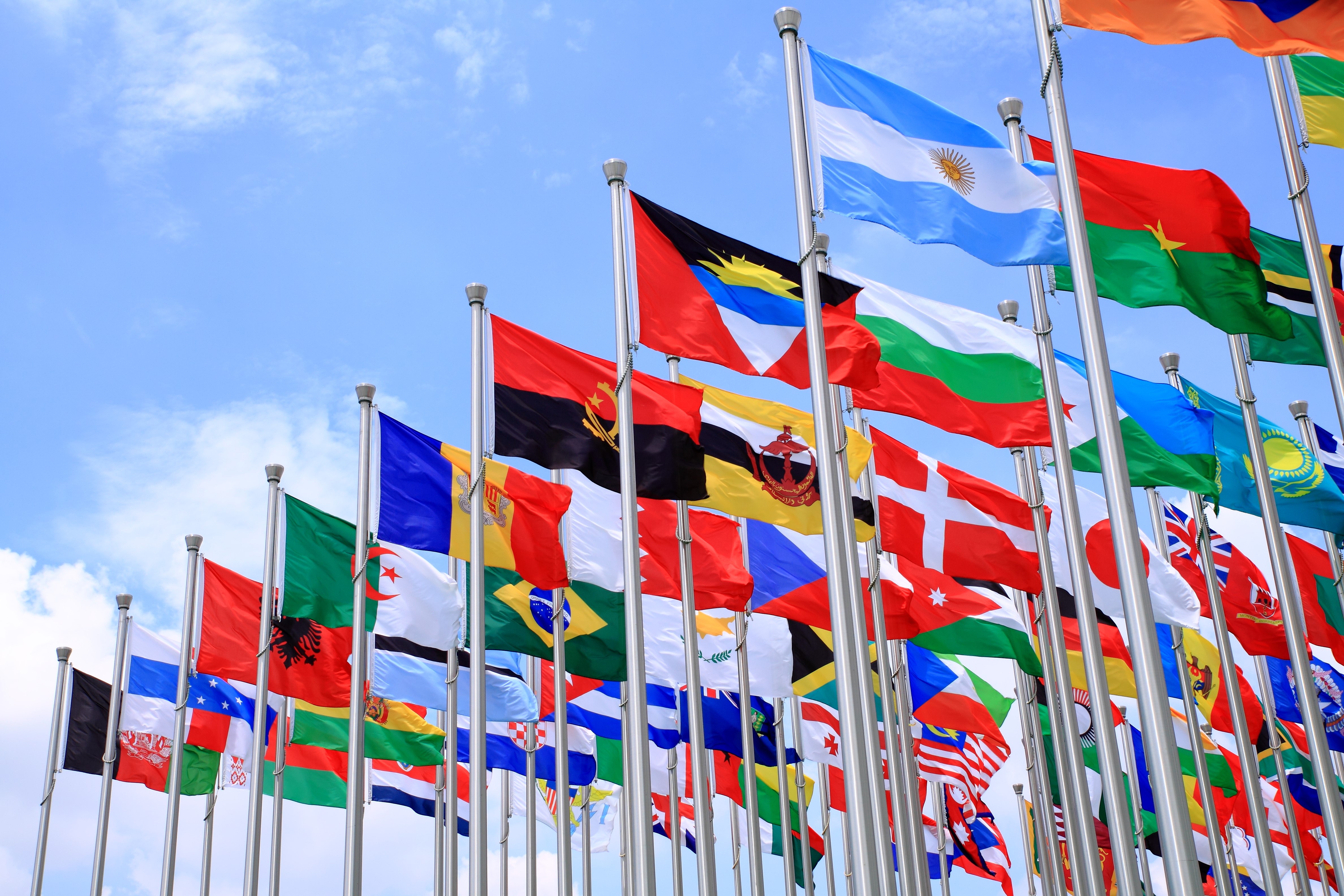
Your move, investor
Now you know what an emerging market economy is and how it differs from fully mature world economies. But how can that knowledge help you, a U.S. investor?
Well, if you're feeling adventurous and willing to tolerate some risk in exchange for potentially higher returns, you can actually make direct investments in many of these markets -- right from your all-American brokerage account.
In some cases, the largest and most successful businesses in your target market also have shares available on U.S. stock exchanges. Many of these tickers will be found on the pink sheets or over-the-counter (OTC) markets, with a handful moving up to the full-featured Nasdaq market and New York Stock Exchange (NYSE).
With or without these superstars, markets advanced enough to classify as emerging economies can be reached through country-specific exchange-traded funds (ETFs). Here, the fund manager manages a portfolio of local stocks reflecting the overall performance of a certain market. In your portfolio, this country-targeting investment behaves like a single stock.
